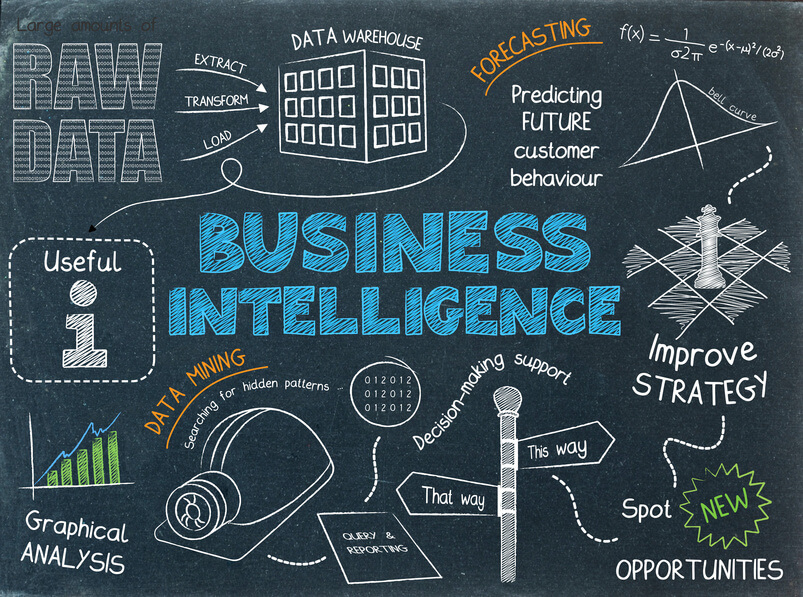In the old times, it was common to see the marketing manager evaluating the different marketing campaigns performance, the vice president of sales checking the sales that were made, and the chief financial officer just analyzing the KPIs (key performance indicators).

But with the amount of different data that comes from the most diverse places, it’s just impossible to do it the same way. Nowadays, companies get data directly from inside such as prospects, clients, partners, and suppliers. But they also get loads of data from external sources like social media channels, marketing data services, among others. So, companies need business intelligence tools to not only monitor all the data but also to get crucial insights that will allow their businesses to grow. There are 4 main advantages of using business intelligence tools:
* they allow business owners to make decisions based on facts and not on older employees intuition;
* they help business owners improving the overall performance of the company;
* they will help business owners improving the business process by using the right visualizations;
* they will easily monitor and report the key performance indicators.
There are many different business intelligence tools to choose from. Since businesses are constantly evolving and need to handle more and more data, the business intelligence tools market also needs to keep evolving and innovating to meet the needs of the different businesses, from all sizes and from all industries.

Business intelligence tools can then be divided into 3 main categories:
#1: Guided Analysis & Reporting:
In the old days, this would be just like the predefined reports businesses used. Now, companies can not only see those static reports but they can interact with them as well. Features like filtering, selecting, comparing and visualizing different sets of data are now possible. And this is only due to the business intelligence tools that have been evolving.
You can then analyze the data using reports, scorecards, and dashboards.
#2: Self-Service & Analysis:
This category includes the analysis of ad hoc data. This way, companies can use this reporting and analysis at any time they want, without needing any IT assistance.
You can then analyze the data using data visualisation, ad-hoc reporting and analysis, data discovery and OLAP (online analytical processing).
#3: Advanced Analytics:
This category includes the business intelligence tools that allow data scientists to create predictive analytical models. They spend most of their time gathering, importing and processing the data. There are several tools used here such as data mining, statistical modeling, predictive analysis and big data analytics software.
In order to grow your business, you don’t just need data. You need to know how you can use the data to make better management decisions. These can affect your products, services, your relationships with your clients, prospects, partners, and suppliers. By using the different business intelligence tools, you’ll have a deeper understanding on how your company is operating and also get some ideas on how you can improve.
